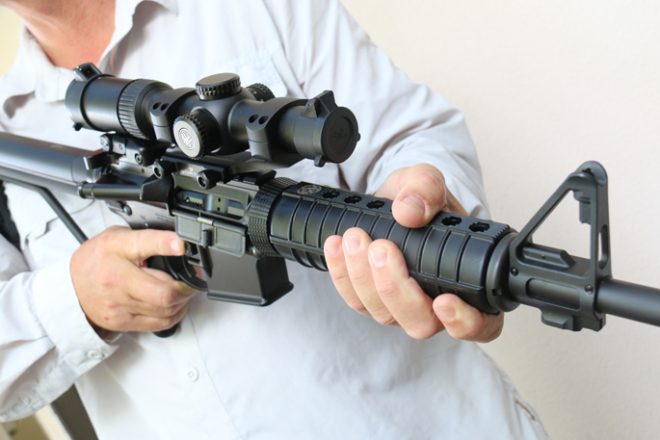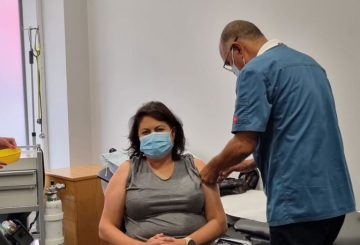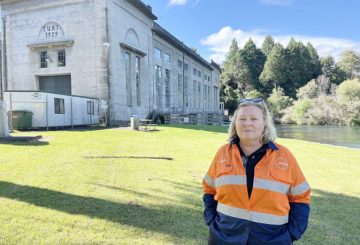Daftar Senjata Api di Selandia Baru mencapai tonggak penting hari ini dengan pendaftaran pemegang lisensi ke-10.000. Daftar saat ini menyimpan data 10.044 pemegang lisensi yang telah mendaftarkan 47.162 senjata api kolektif. Rata-rata, ini setara dengan 4,7 senjata api untuk setiap pemegang lisensi.
Dimulai hanya tiga bulan lalu, sistem ini telah menyumbang sekitar 5% dari 234.335 pemegang lisensi senjata api aktif Selandia Baru. Tanggapan positif dari pemilik senjata api berlisensi di seluruh Aotearoa patut dipuji.
Angela Brazier, Direktur Eksekutif Te Tari Pūreke — Otoritas Keselamatan Senjata Api, menekankan bahwa tujuan utama dari Daftar Senjata Api adalah untuk meningkatkan keselamatan masyarakat dengan membatasi akses penjahat ke senjata api. Semua individu berlisensi diamanatkan untuk memberikan rincian senjata api mereka ke registri dan menjaga keakuratannya. Contoh yang memicu kebutuhan untuk memperbarui sistem termasuk perubahan detail pemegang lisensi, pembelian atau penjualan senjata api, atau pelaporan senjata api yang hilang atau dicuri. Namun, jika tidak ada peristiwa pemicu seperti itu, pemegang lisensi memiliki waktu hingga 31 Agustus 2028 untuk mendaftar.
Brazier mengucapkan terima kasih kepada semua yang telah mendaftar sejauh ini dan mendesak orang lain untuk mengikutinya. Dia menyoroti bahwa pendaftaran lengkap akan menawarkan pandangan komprehensif tentang semua senjata api yang dimiliki secara hukum di Selandia Baru, memastikan transparansi selama transaksi senjata api dan membuatnya lebih sulit bagi mereka untuk mencapai pasar gelap.
Inisiatif ini tidak hanya berusaha menghentikan aliran senjata api ke penjahat tetapi juga sejalan dengan strategi kepolisian lainnya yang menargetkan faksi kriminal terorganisir dan geng. Upaya gabungan dari strategi ini akan membuat semakin sulit bagi penjahat untuk memperoleh dan memanfaatkan senjata api, memastikan komunitas yang lebih aman. Pendaftaran juga akan membantu dalam melacak asal-usul senjata api yang disita dari penjahat atau ditemukan di TKP.





























































